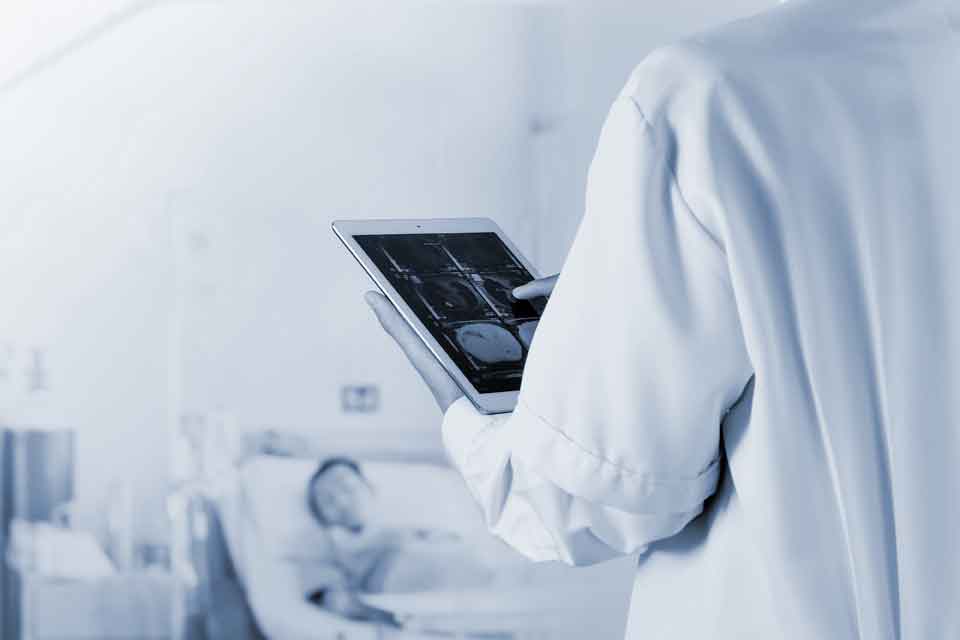Over the past 30 years, Medical Imaging also known as Diagnostic Imaging has revolutionized health care. It allows the doctor to identify the disease earlier and improve patient outcomes drastically. Imaging has been ranked as one of the top medical development of the past 1000 years by the New England Journal of Medicine and various other peer-reviewed journals. Today, advanced Medical Imaging offers numerous benefits to both the healthcare providers and the patients. Let’s dissect them and understand the importance of an effective diagnostic imaging.
Better Diagnosis
Medical Imaging literally aids the physician to understand the complications in a human body and enables them to take better decisions. The Medical Imaging procedures are completely painless, non-invasive and most of them don’t require any special preparation, except when contrast media is used. In some cases like breast cancer, medical imaging can be life-saving. They literally turn patients into survivors!
Imaging technologies like Ultrasound allow a medical examiner to examine the internal body structures such as tendons, muscles, joints, vessels and internal organs. Also called as Sonogram, these Ultrasound tests are being conducted as prenatal tests for pregnant women. Most of them are suggested to get an ultrasound in their second trimester at 18 to 20 weeks of pregnancy to get a picture of your baby in the uterus (womb). It helps the doctor to check on your baby’s health and development.
Complicated Surgeries
The advent of Surgical C-Arm machines in the medical imaging sector proved to be an added advantage over the years. They are often used in Surgery, Orthopedics, Traumatology, Vascular Surgery and Cardiology for intra-operative imaging. The high-resolution X-ray images in real time allow the surgeon to monitor progress at any point during the surgery.
Affordable Health Care Costs
Once the doctor identifies what/where the issue is, he can take a better decision on further treatment. Post medical imaging, in most of the cases, invasive diagnostic procedures such as exploratory surgery or angiography or cardiac catheterization may become unnecessary as the issue can be treated with normal medicines. This drastically reduces your treatment cost and also paves way for healing in a better way.
Safe & effective
According to the United States National Institutes of Health, “radiation can be used for great benefit to humanity and with minimal risk, a risk comparable to or lower than those commonly accepted as an ordinary part of daily life, such as driving to work.”
For the past 20 years, manufacturers are trying their best to bring innovations to have a reduced radiation dose. As we are significantly improving the accuracy and the ability of physicians to diagnose their patients, the radiation concerns are also taken into account. The development and implementation of various radiation protection apparel and accessories stand as the answer for the same. With these inventions, the exposure to medical radiation can be effectively managed and minimized.
File-sharing Ecosystem & Data Privacy
It is to be remembered that, in the past, most of the clinics and hospitals have been very insular, with minimal capability for file sharing. But in the current scenario, it is now relatively easy to share information as digital imaging files through cloud-based platforms and networks. The ability to access images from other providers reduces duplication of imaging and decreases the number of times a patient gets exposed to radiation.
On the other hand, as mandated by HIPAA (Health Insurance Portability and Accountability Act), several concerns were raised for upholding patient data privacy and security. The rise of a comprehensive file-sharing ecosystem post the digital imaging technology completely neutralized those issues.



